-
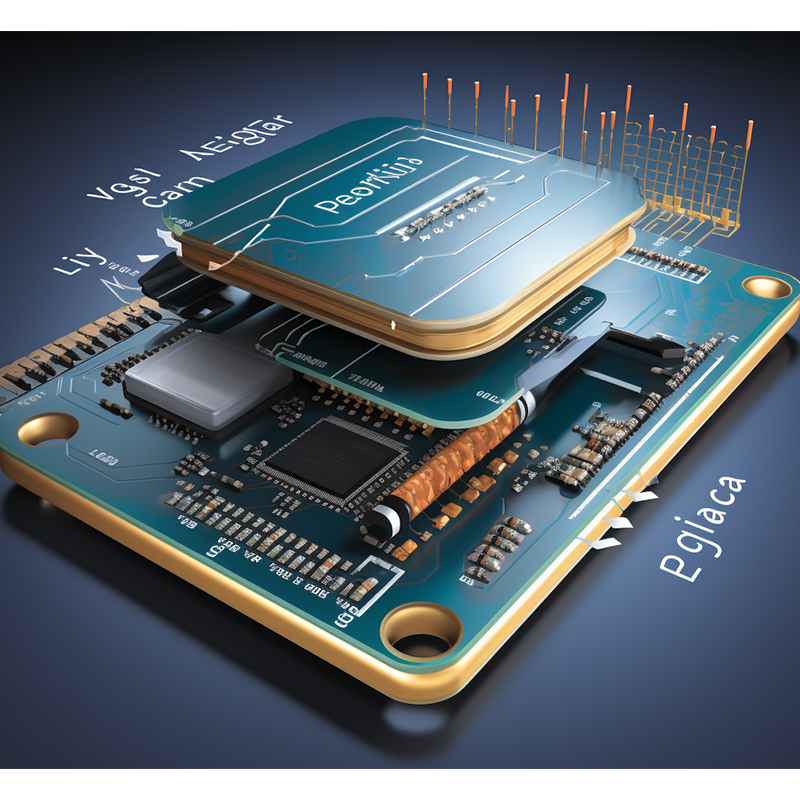
Preventing Rigid-Flex PCB Delamination: Effective Strategies to Ensure Quality and Reliability
Introduction In this blog post, we will discuss effective strategies and industry best practices for preventing rigid-flex PCB delamination, thereby protecting your electronic devices from potential failures. Delamination is a critical issue that often plagues rigid-flex printed circuit boards (P...Read more -

Can I use rigid-flex circuit boards for wearable technology?
In this blog post, we’ll explore the benefits and challenges of using rigid-flex circuit boards in wearable technology applications. Wearable technology has grown in popularity in recent years, with devices such as fitness trackers, smartwatches and even smart clothing being widely adopted. As t...Read more -

Calculate the thermal performance of a rigid-flex PCB design
In this blog, we will explore the methods and calculations required to determine the thermal performance of rigid-flex PCB designs. When designing a printed circuit board (PCB), one of the key factors engineers need to consider is its thermal performance. With the rapid advancement of technology ...Read more -
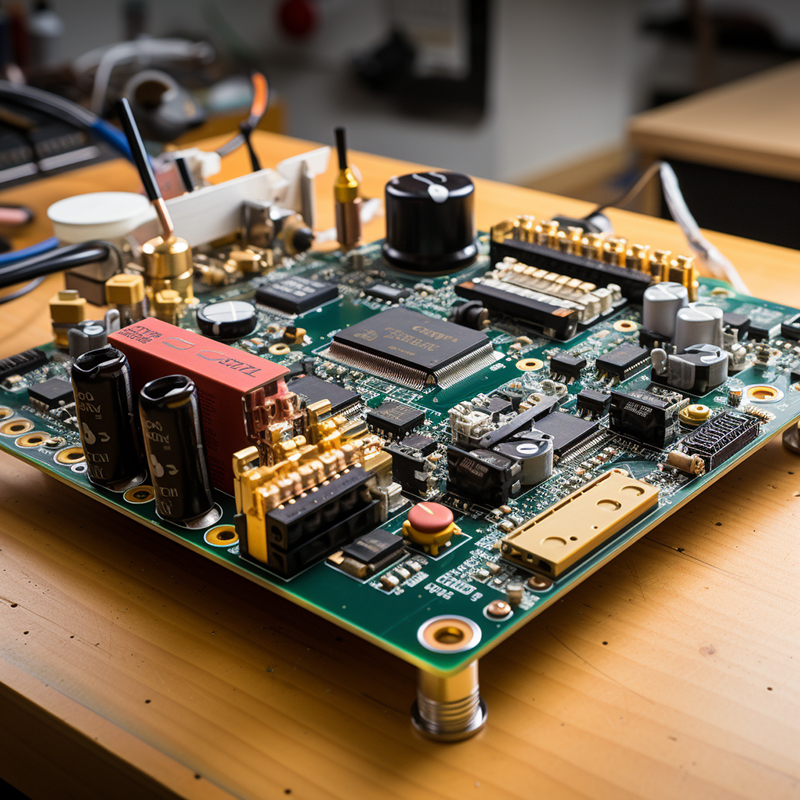
Are rigid-flex PCBs compatible with through-hole components?
Through-hole components, as the name suggests, have leads or pins that are inserted through a hole in the PCB and soldered to a pad on the other side. These components are widely used in the industry due to their reliability and ease of repair. So, can rigid-flex PCBs accommodate through-hole com...Read more -
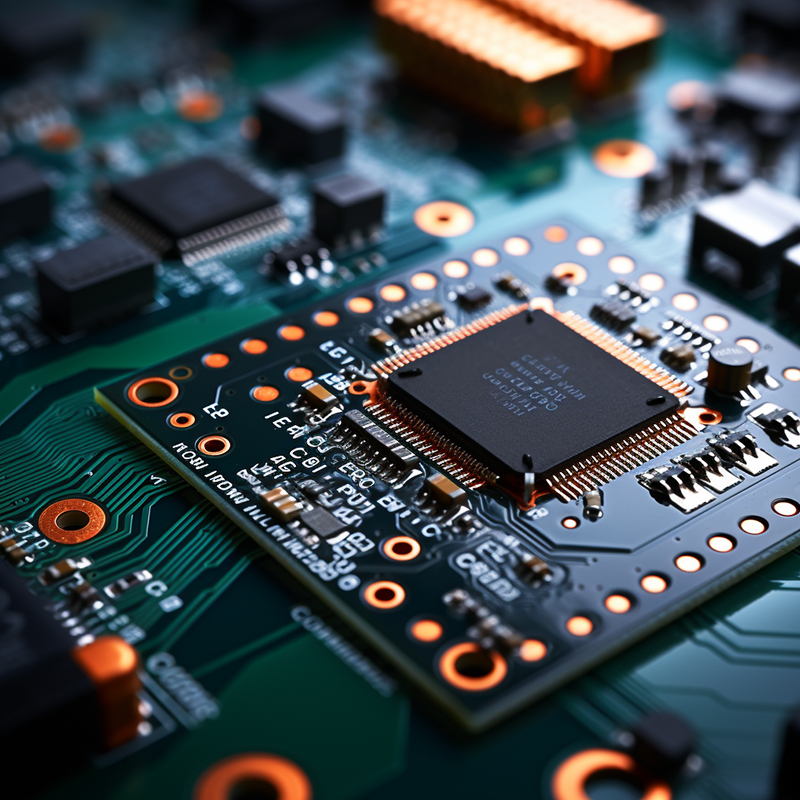
Stack components on both sides of a rigid-flex circuit board
If you are considering using a rigid-flex circuit board in your project, you may be wondering if you can stack components on both sides of the board. The short answer is – yes, you can. However, there are some important considerations to keep in mind. In today’s ever-evolving technological ...Read more -
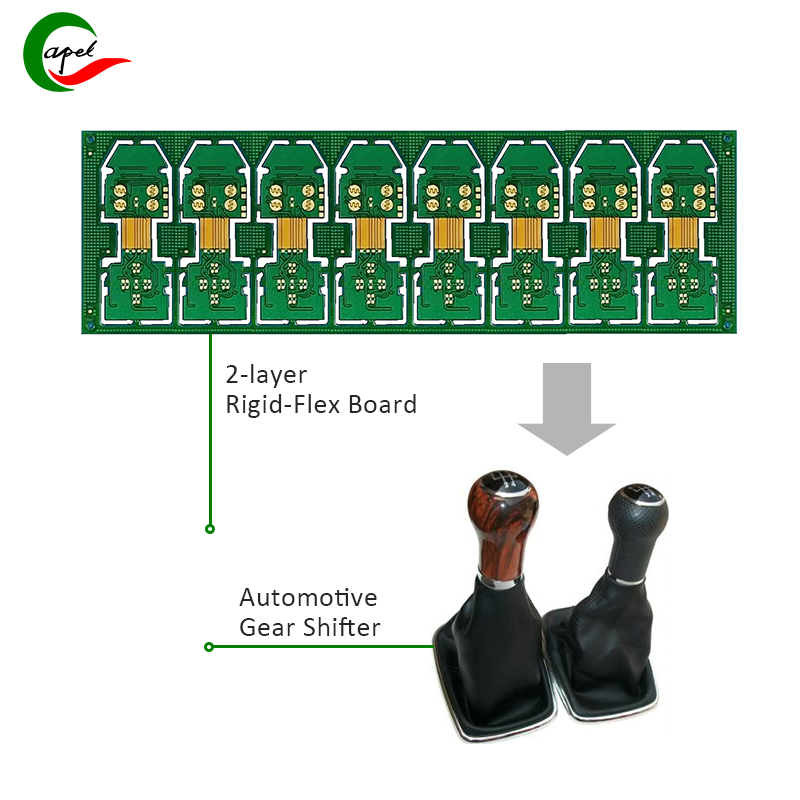
Rigid-flex PCBs applications: Are there any specific design considerations for RF?
In this blog post, we will explore these considerations and provide some insights into designing rigid-flex PCBs for RF applications. Rigid-flex printed circuit boards (PCBs) are becoming increasingly popular in a variety of applications, including wireless communications. These unique PCBs combi...Read more -
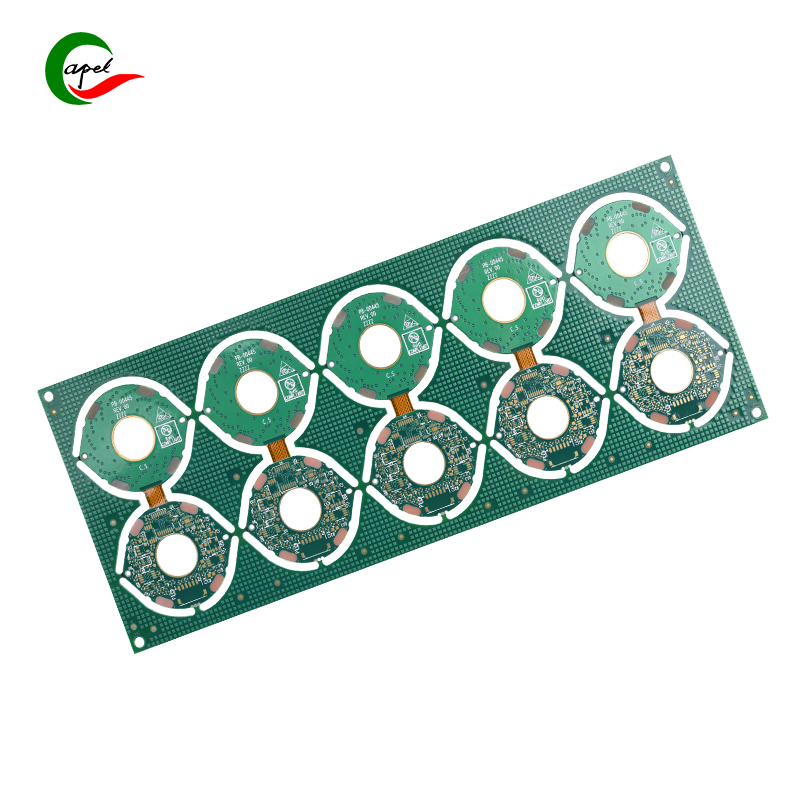
A rigid flex PCB design: How do I ensure proper impedance control ?
Many engineers and designers often face impedance control challenges in rigid-flex PCB designs. This critical aspect ensures signal integrity and smooth operation of the circuit. In this blog post, we will discuss various methods and practices to help you ensure proper impedance control in rigid-...Read more -
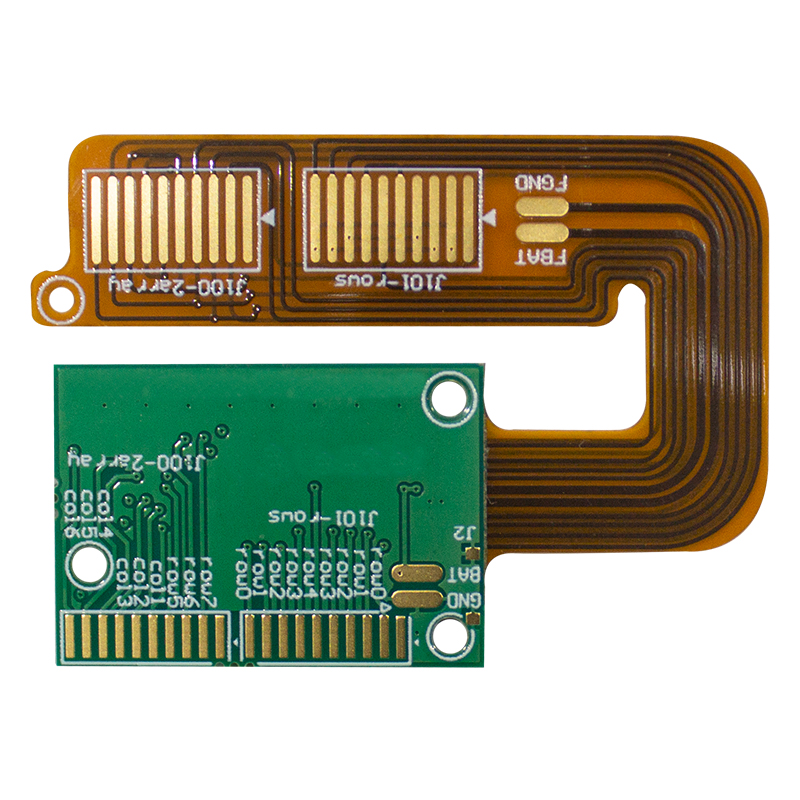
Exploring the Versatility of Rigid-Flex PCBs:Best Solutions for High-Speed Signal Transmission
Introduction In this blog post, we’ll explore the versatility of rigid-flex PCBs and dive into the following question: Can I use rigid-flex PCBs for high-speed signal transmission? We’ll discuss the benefits and considerations of utilizing this innovative technology, illuminating its...Read more -

What are the common failure modes of rigid-flex boards?
Rigid-flex circuit boards have unique design advantages, combining the stability of rigid boards with the flexibility of flexible circuits. This hybrid design enables more compact and versatile electronics, making it ideal for a variety of applications including aerospace, medical devices and con...Read more -

Can I use lead-free solder for rigid-flex PCB assembly?
Introduction In this blog, we will delve into the topic of lead-free solder and its compatibility with rigid-flex PCB assemblies. We’ll explore the safety implications, benefits, and consider any potential challenges associated with the transition to lead-free soldering. In recent years, th...Read more -
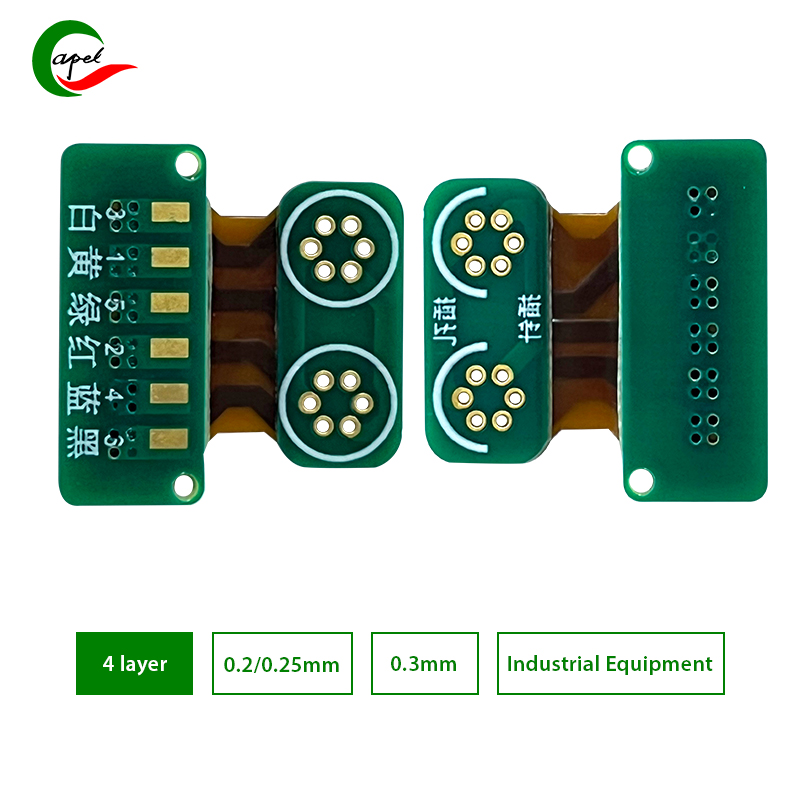
Is there a limit to the bending radius of rigid-flex boards?
In recent years, rigid-flex PCBs have become popular due to their unique combination of flexibility and durability. This type of circuit board allows designers to create innovative and space-saving solutions, especially in applications where traditional rigid boards cannot meet the requirements. ...Read more -

Rigid-flex circuit boards in automotive applications
In this blog post, we’ll explore the benefits, challenges, and feasibility of using rigid-flex circuit boards in automotive design and production. In today’s fast-paced technology environment, automakers continually strive to stay ahead of the curve and maximize vehicle performance, reliabi...Read more






